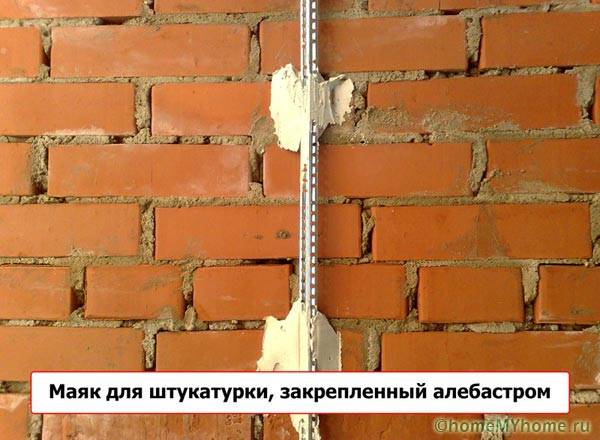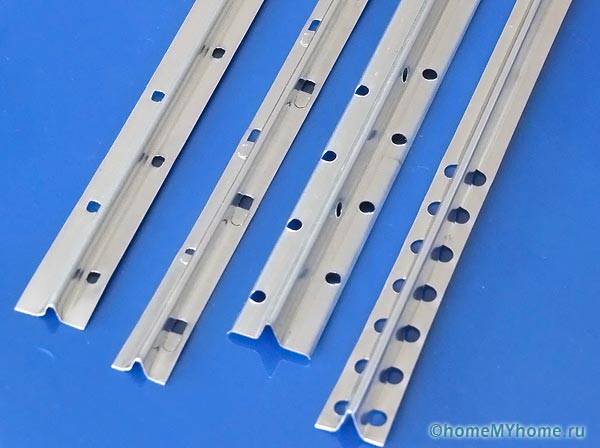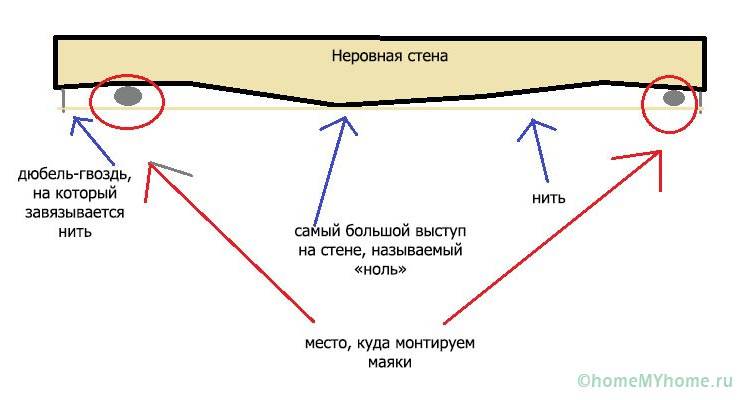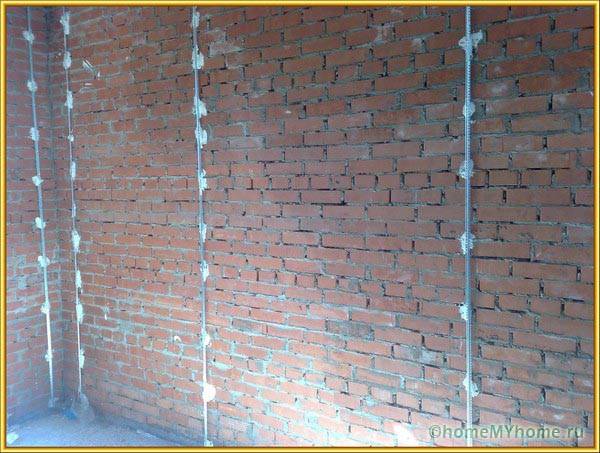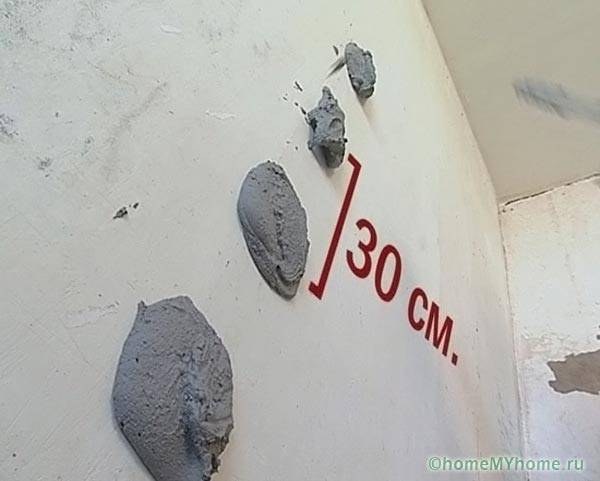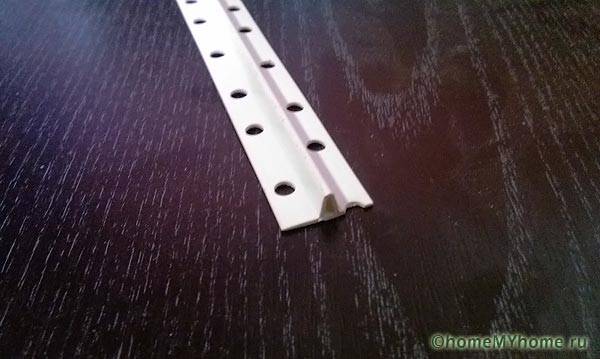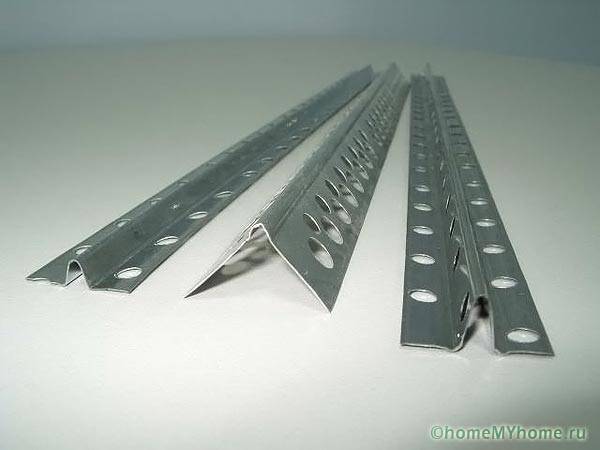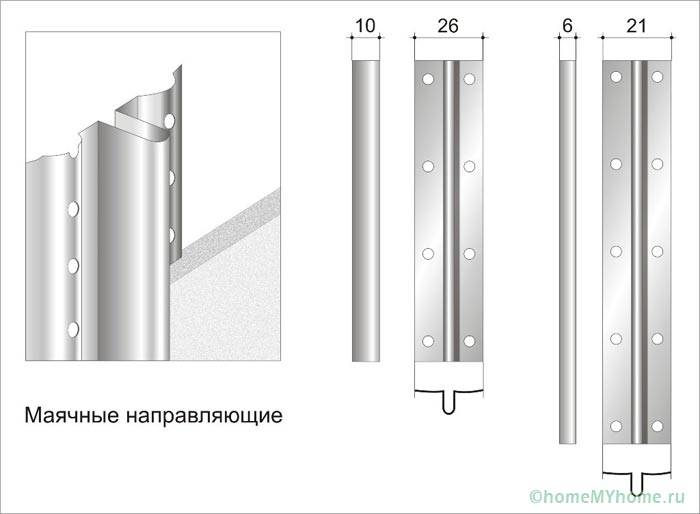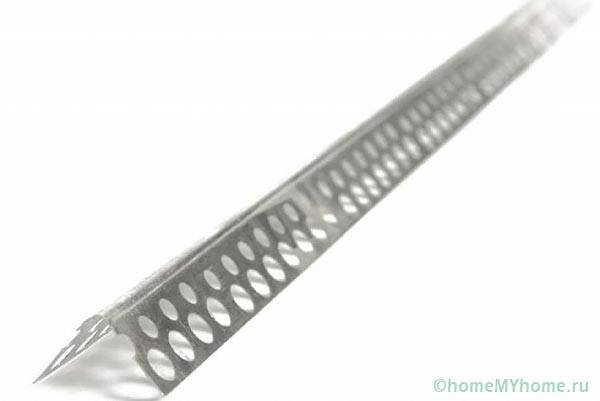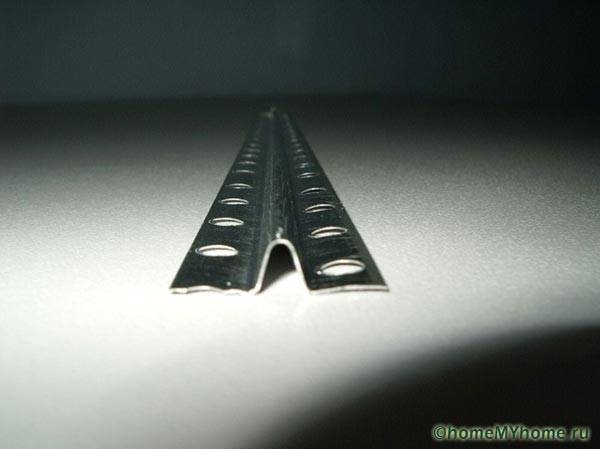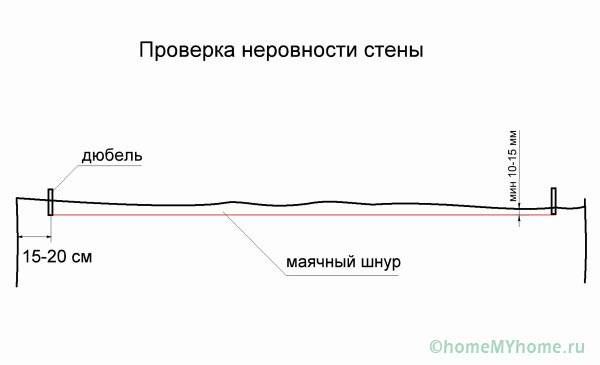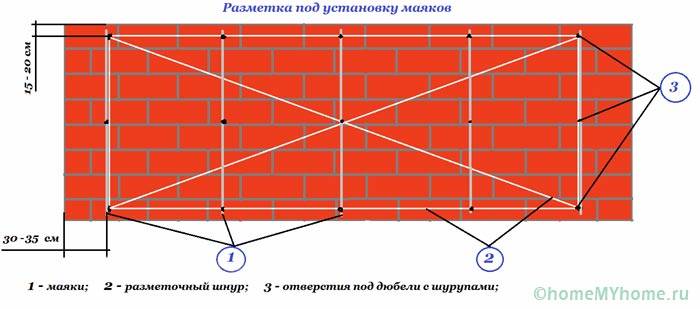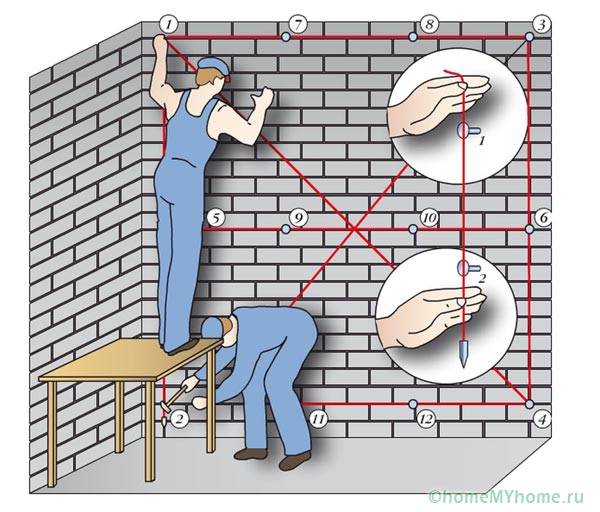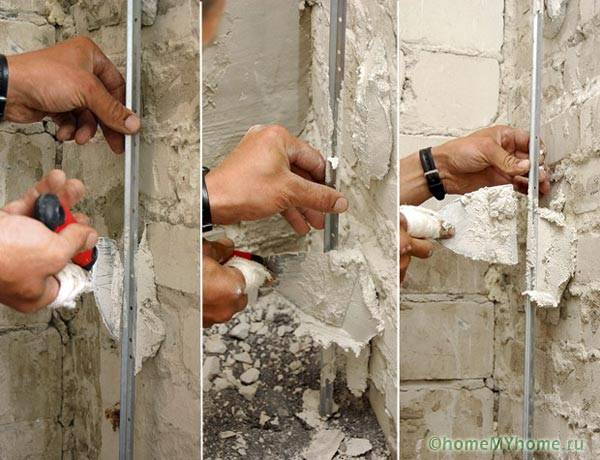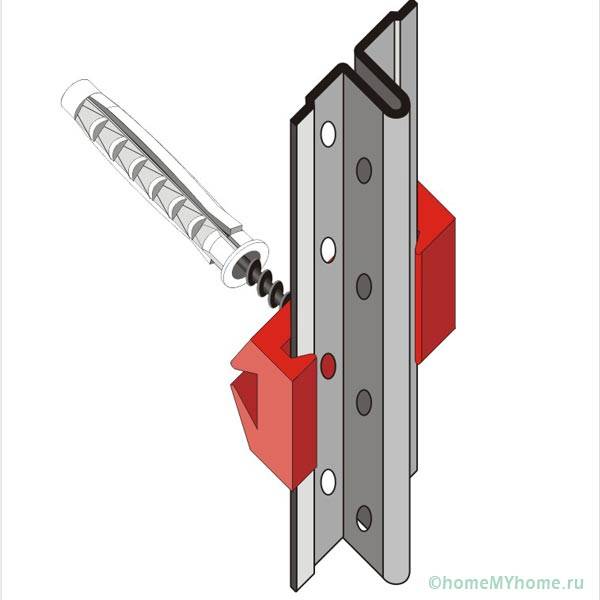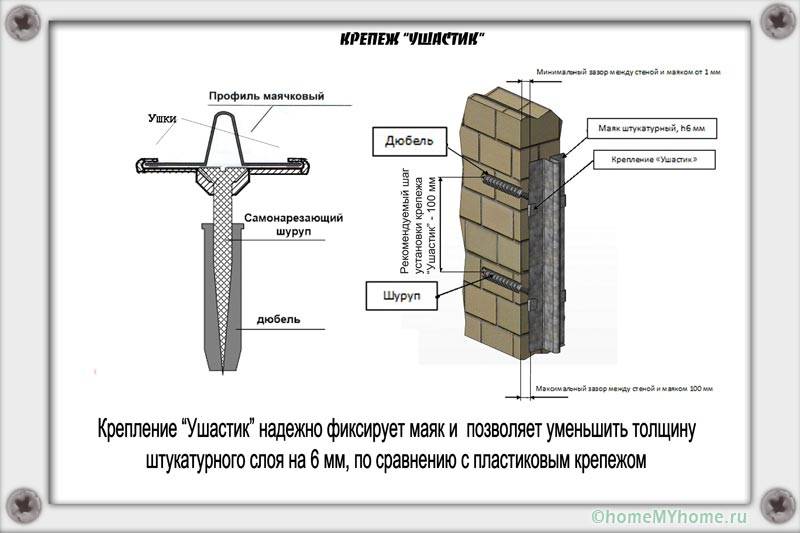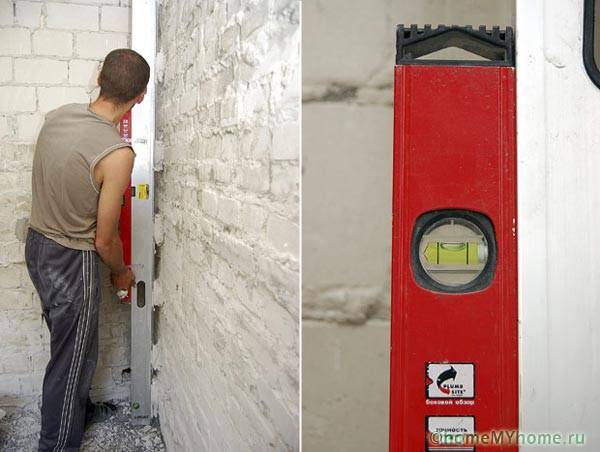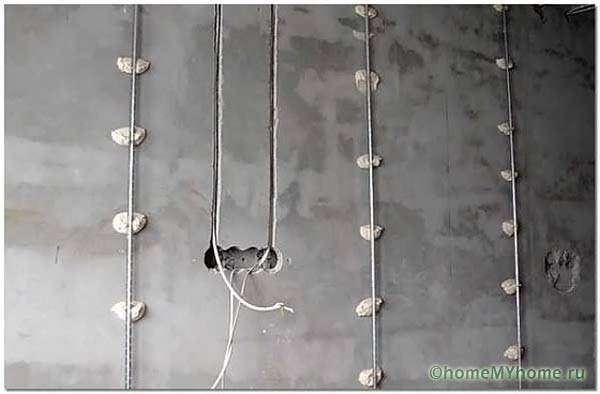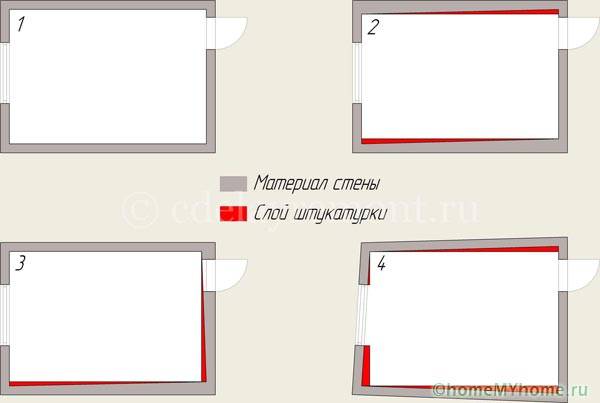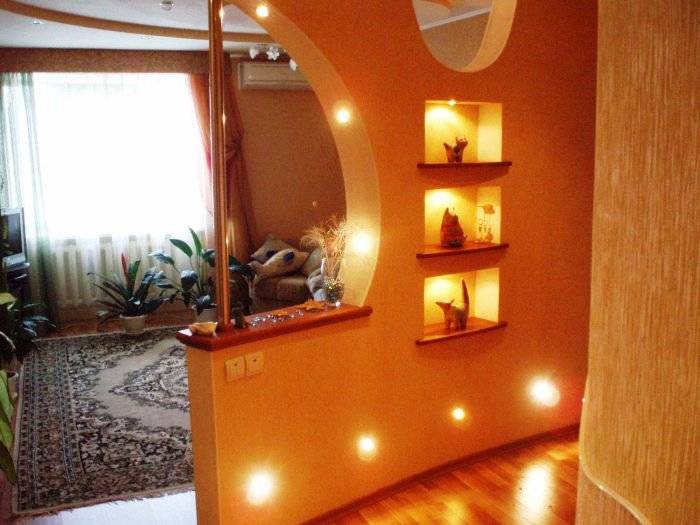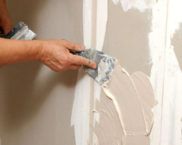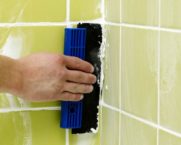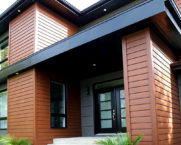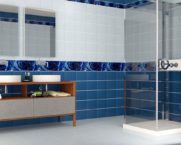Installation of beacons for plastering walls: tips for choosing and using
EIf you yourself are doing repairs to a country house or apartment, sooner or later you will face the problem of uneven or cracking walls. In order for the finished walls not to peel off ahead of time, it is worthwhile to finish them with high quality plaster. To level surfaces in construction work, plaster beacons are used, which are irreplaceable if the surface is concave, or, conversely, very convex. It is not necessary to resort to expensive services of masters - the installation of beacons for plastering the walls is easy to carry out, so you can certainly install the fixtures yourself. But first, let's look at what these beacons are, and what are the criteria for their selection.
The content of the article
Video: installation of beacons for plastering walls with your own hands
Plastering beacons: what are they and why are they needed?
Beacons are perforated guides that come in a variety of sizes and lengths.
They are necessary to create a plastering boundary in the event that the surface is uneven or cracked. Focusing on the position of the beacons, the builder applies plaster mortar to the plane, thereby leveling the grooves or unevenness.
As a rule, these products are installed along the length of the entire surface, so there are not enough reinforcements at both ends of the lighthouses, otherwise they will not fit snugly against the wall.
Therefore, the installation of beacons for wall plastering occurs at several attachment points, which ensure maximum adherence of the product to the surface.
Product selection criteria
To determine which elements are most suitable for repairing your home, consider the classification of fixtures according to various parameters:
- Based on materials: plastic, stainless steel.Plastic beacons are used if you plan to remove the elements after the plastering procedure. Plastic beacons cannot be left in the wall, as this material is not reliable enough. Stainless steel products are another matter entirely. This metal is resistant to moisture, harmful fungi and chemical building materials. Therefore, the installation of stainless steel beacons for wall plastering is the best option, in which it is possible not to perform the subsequent dismantling of the elements;
Attention!In order not to dismantle the steel beacons after the end of the work, they must be of high quality. Otherwise, stains and streaks will appear on the finish as a result of oxidation and rust!
- By size: there are beacons ranging in size from 3 to 30 mm. The choice of a product for this parameter depends on the depth of depressions or bulges in the wall or on the thickness plaster layer... That is, the more plaster mixture you need to apply, the larger size they should have. It is worth noting that most often in construction products are used in sizes 3, 6 and 10 mm;
- By lenght: distinguish between products with a length of 2 to 6 meters. Guides with a length of 2-3 meters are often used for renovating classic residential buildings. Six-meter devices are used for plastering warehouses, industrial premises, etc.;
- By form: there are V-shaped and T-shaped guides. The former are mounted in the corners of the room, while the latter are installed on the usual wall plane.
The above classification of lighthouse guides will help you choose the most optimal products that will solve the problem as efficiently as possible.
Installation of beacons for wall plastering
The elements are mounted according to the following instructions.
Wall markings
Pull some string or metal mesh along the wall. This maneuver will make it clear how uneven the surface is. If there are irregularities on its surface, then you will have to install guides, and if bulges are observed, cut them out with a grinder, and cover the traces with plaster.
Professional builders use special beacons for marking walls laser levels... They allow you to do this work as accurately and quickly as possible.
Mount beacons
There are many ways to secure the guides. The most common is the use of cement or plaster mortar.
Also in hardware stores you can find special plastic brackets that are attached to the wall with dowels and self-tapping screws.
Fasteners of the "eared" type are widely used. Its use can be justified by one very big advantage - it allows you to reduce the thickness of the plaster layer by 6 mm, which leads to significant savings in money for plaster, especially on large areas.
Installation around the perimeter of the room
We install beacons in the corners. It is desirable that they are located 10-15 centimeters from the corners of the room. Corner products form the base of the structure, so it is worth trying to ensure that they are mounted as smoothly as possible. After installing them, you need to wait a couple of hours for the binder solution to harden and the elements are firmly attached to the wall.
The intermediate elements must be installed at a distance of at least 30-50 cm between themselves.The installation technique for intermediate elements is the same as for the installation method for corner beacons: a binder is used in the same way, the products are also pressed into the wall surface. It is necessary to constantly monitor the evenness of the installed elements. This can be done using a level.
You have already understood that the installation of beacons under the plaster of the walls is a simple matter, especially if you are guided by clear installation rules and choose the right beacons for repair.
conclusions
- Lighthouses are necessary elements in order to make the wall even, without bulges and irregularities;
- Most often, plastic and stainless steel beacons are used in repair work. The latter are more in demand, since they can not be removed after the alignment procedure;
- V-shaped elements are used for corners, T-shaped elements are intermediate beacons;
- You need to choose several attachment points for one lighthouse so that it fits snugly against the wall;
- The lighthouses are attached to the wall to the wall with a mixture of cement, sand and alabaster, or using ordinary glue for drywall.
Video: laser level ionization of beacons



